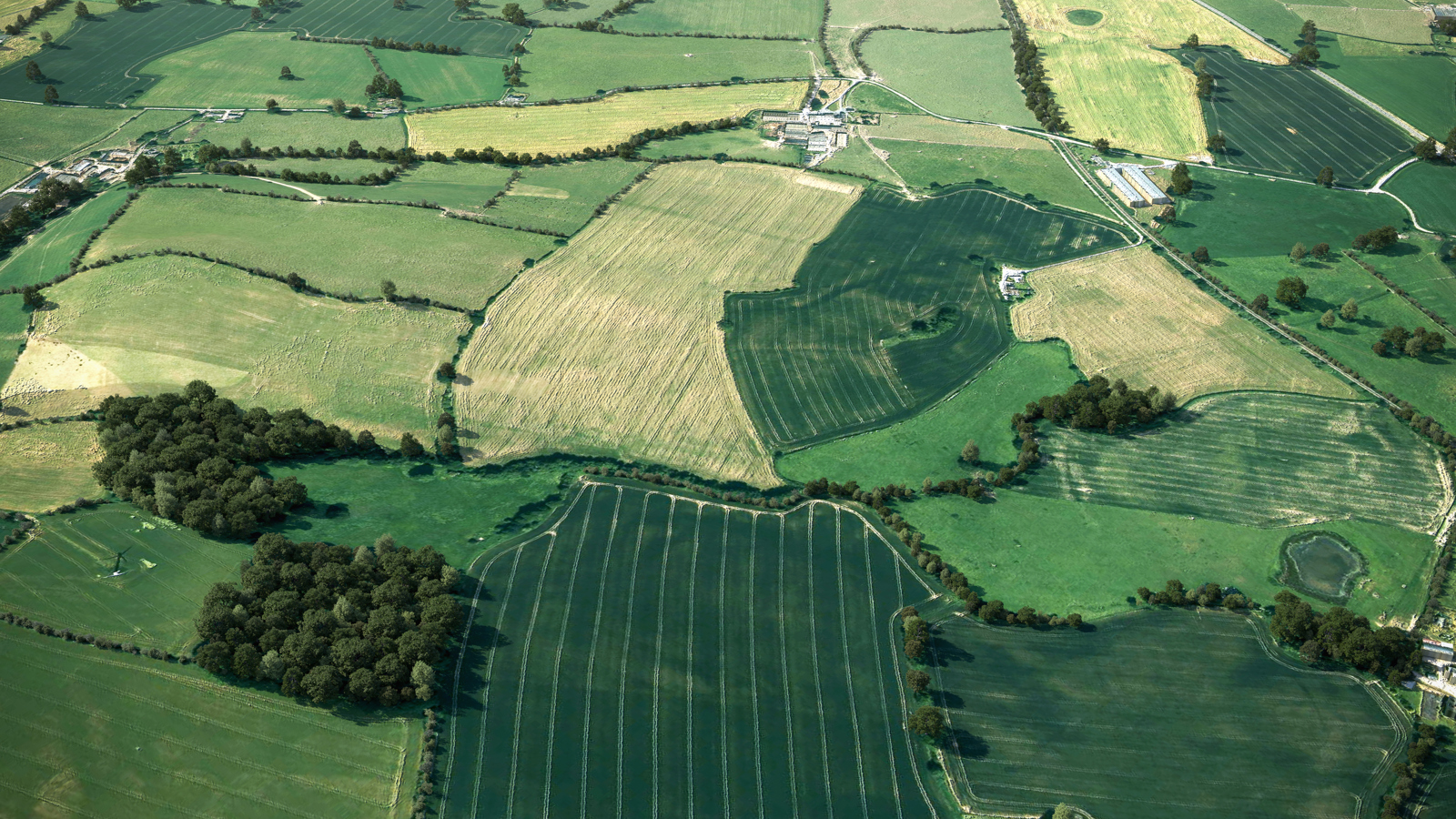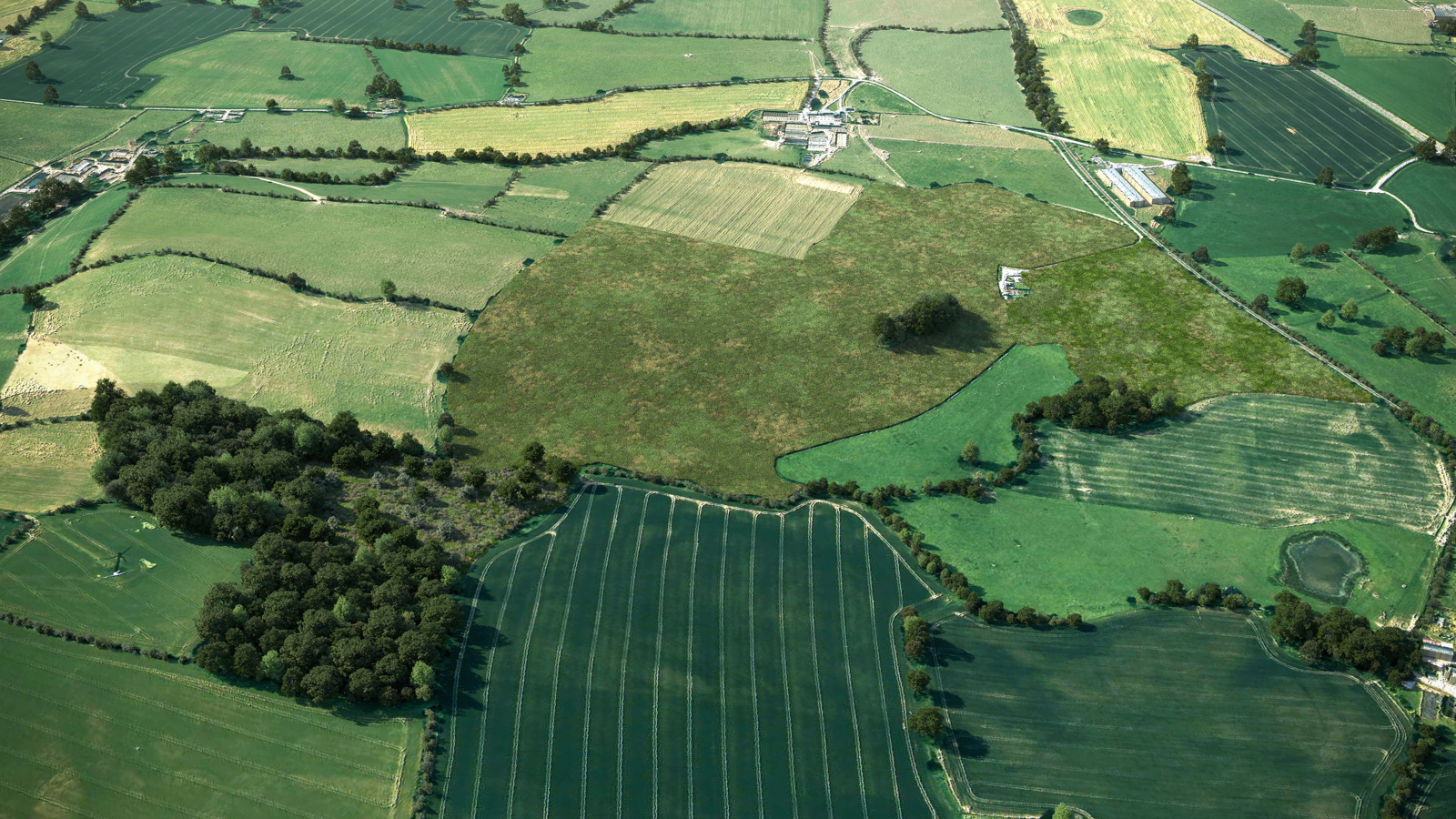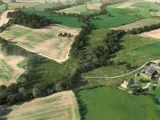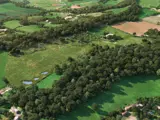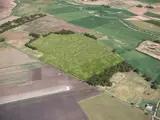Winnington Habitat Bank, Shropshire
Local planning authority (LPA): Shropshire Council
National Character Area (NCA): Shropshire Hills
Biodiversity Units available:
Very high distinctiveness habitats
- Lowland meadows
Medium distinctiveness habitats
- Mixed scrub
- Other neutral grassland
- Other woodland; broadleaved
Situated approximately 14km west of Shrewsbury, our Winnington Habitat Bank stretches across nearly 35 hectares of land. There, we have been transforming the existing arable and species poor grassland fields into a thriving space for nature recovery – where key species like skylark, brown hare, and hedgehog can grow in abundance.
Following a thorough assessment of the site's vegetation, wildlife, geology, hydrology, soil chemistry, management history, and landscape connectivity, we determined the best possible habitats to establish and made sure these enhancements would be deliverable. We established an ecological baseline for the site using Defra’s biodiversity metric, so we can clearly demonstrate biodiversity gains over time.
This assessment enables us to generate a range of high-integrity Biodiversity Unit habitat types that will ensure robust ecological outcomes. We also offer planning support to make sure our Biodiversity Units provide an effective local BNG delivery solution for developers within the Shropshire Council LPA area or Shropshire Hills NCA. Our Units are ready to purchase now, subject to availability.
Adjacent LPAs for cross-boundary coverage:
- Cheshire East Council
- Herefordshire Council
- Stafford Borough Council
- Telford and Wrekin Council
- South Staffordshire Council
- Wyre Forest District Council
- Malvern Hills District Council
- Cheshire West and Chester Council
- Newcastle-Under-Lyme Borough Council
Adjacent NCAs for cross-boundary coverage:
- Teme Valley
- Herefordshire Lowlands
- Mid Severn Sandstone Plateau
- Clun and North West Herefordshire Hills
- Shropshire, Cheshire and Staffordshire Plain
The site has many features that have been identified under Shropshire Council’s Environmental Networks Policy, with its woodland allocated as a Core Area of high nature conservation value. It also falls within a B-Line, which aim to target the restoration and creation of wildflower rich habitats for bees, butterflies, and a range of other wildlife.
This is why we’re particularly excited for the priority habitats we’ve established to continue developing, creating greater connectivity for a variety of native species. This includes the beautiful wildflower meadows we’ve been installing. These meadows will be closed to the grazing livestock during the flowering months when the stunning fields will be in full bloom.
As the Winnington Habitat Bank has three public footpaths, we’re thrilled that the local community will be able to visit and observe the site as it thrives over the coming years. Such access is vital for providing local people a means to experience spaces rich in biodiversity.
Find out the cost and availability of Biodiversity Units from our Winnington Habitat Bank

